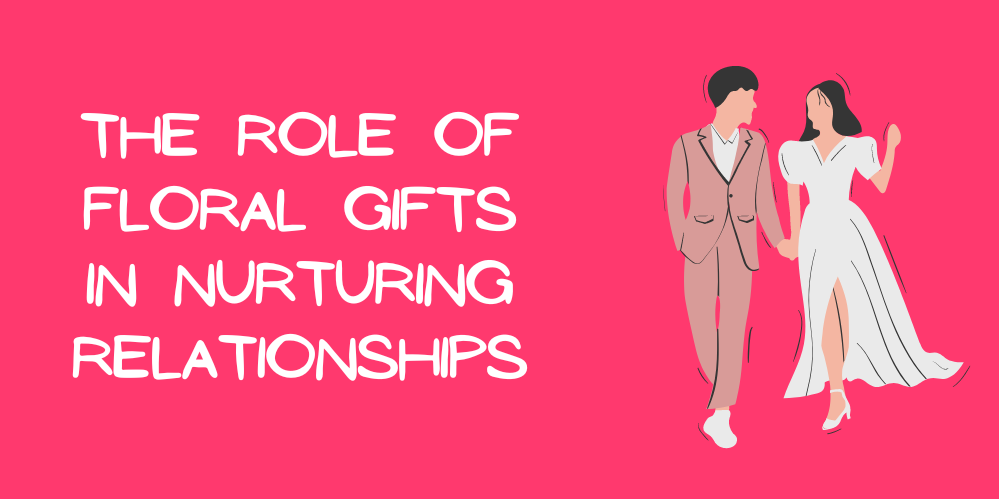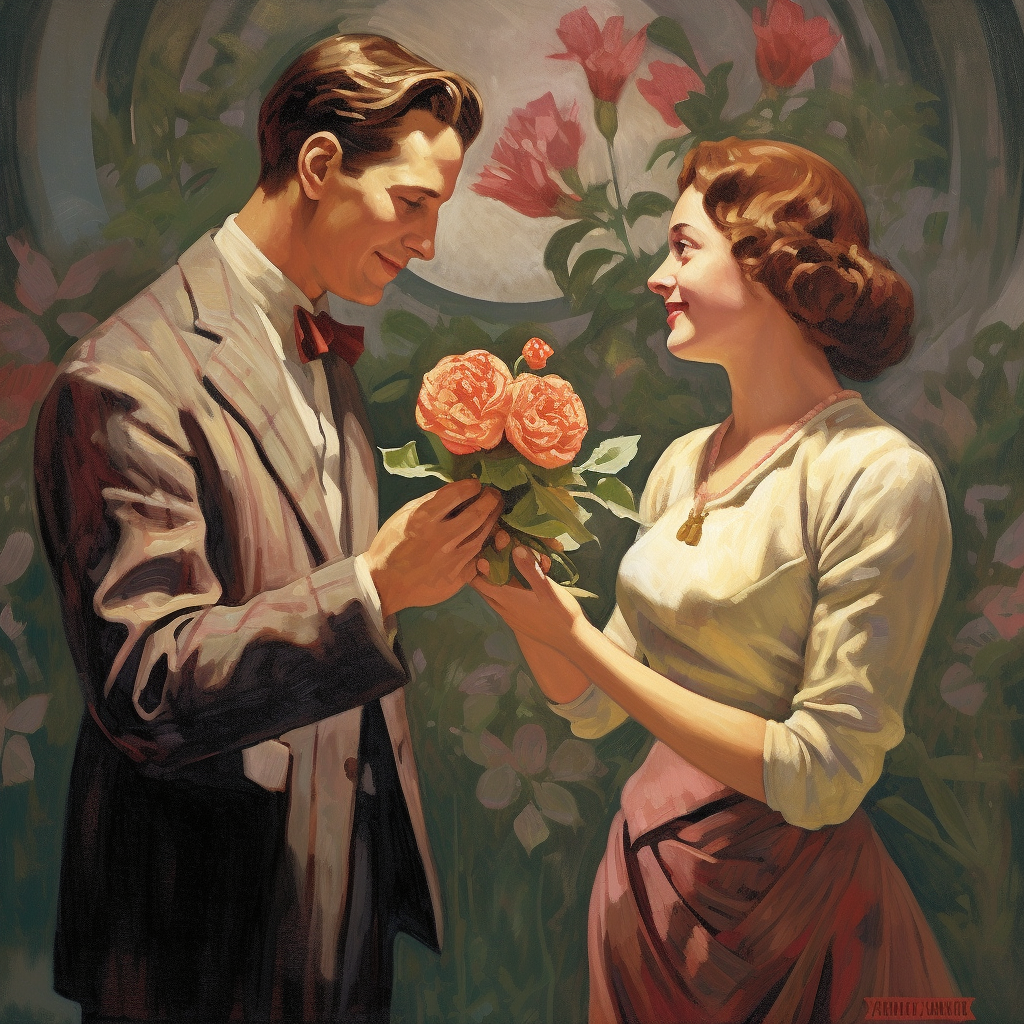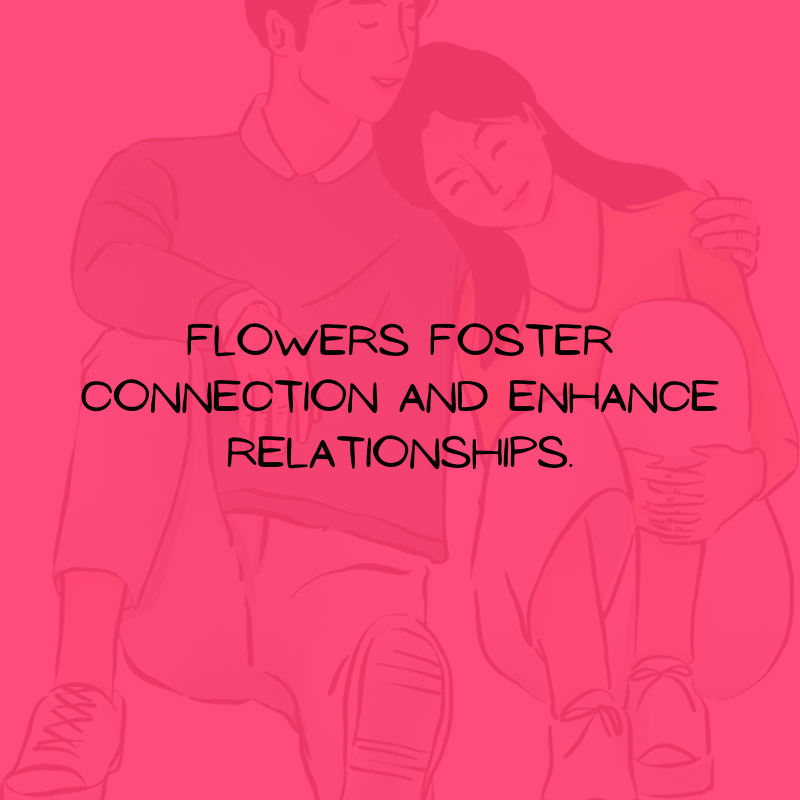Spreading Aroma To All Over The UAE

27
Jun
In the realm of romantic relationships, the act of giving flowers holds a deep-rooted significance. While it has long been associated with love, affection, and symbolism, scientific research further reinforces the importance of this gesture. Flowers convey emotions that may be difficult to express in words and have a profound impact on human well-being. This article explores the multifaceted nature of giving flowers in a relationship, weaving together the emotional, symbolic, and scientific aspects that make this gesture so meaningful.
At the heart of giving flowers lies a profound emotional significance. The act itself expresses love, affection, and appreciation in a tangible and heartfelt way. By presenting flowers, partners communicate their deep feelings and thoughtfulness. The beauty and delicacy of flowers mirror the delicate nature of relationships, where nurturing and care are essential for growth.
The vibrant colors and pleasing fragrances of flowers evoke positive emotions, contributing to a sense of joy, happiness, and beauty. The choice of flowers can add further depth and significance to the message being conveyed. Different types of flowers have their symbolic meanings, allowing individuals to select blooms that align with the emotions they wish to express. For example, red roses traditionally symbolize love and passion, while yellow roses signify friendship and joy.

Scientific Insights and Well-being
Scientific research has delved into the positive effects of flowers on human well-being, affirming the importance of their presence in relationships. Flower exposure has been shown to significantly improve mood, reduce stress, and enhance overall happiness. A study published in the Journal of Evolutionary Psychology found that participants who received flowers reported increased happiness, less anxiety, and greater life satisfaction than those who did not.
The presence of flowers triggers positive emotions and fosters a more harmonious atmosphere in relationships. Flowers have also increased feelings of intimacy and connection between partners. A study published in the journal Social Psychological and Personality Science found that women who received a bouquet from their partner reported higher feelings of love and intimacy. The neurological effects of flowers on brain activity further support the emotional impact they hold. Functional magnetic resonance imaging (fMRI) studies have shown that viewing or smelling flowers activates brain regions associated with reward, positive emotions, and social bonding.
The biophilia hypothesis suggests that humans have an innate tendency to seek connections with nature. Flowers, as a part of nature, fulfill this inherent desire. The presence of flowers in a relationship taps into this fundamental aspect of human behavior, reinforcing the emotional and symbolic significance of the gesture. Anthropological studies suggest that flowers have played a significant role in human evolution as a means of courtship and mate selection. Giving flowers may be ingrained in our behavior as a way to attract and maintain romantic partners. Thus, the act of giving flowers carries a deep evolutionary significance that resonates with our instincts.
The beauty and aesthetics of flowers are universally admired. The visual appeal of flowers, with their varied shapes, colors, and textures, creates a visual feast that uplifts the spirits and pleases the eye. Additionally, the fragrances emitted by flowers stimulate the olfactory senses, adding another layer of sensory pleasure. Research has shown that exposure to natural beauty, such as flowers, can enhance well-being and social connections. A study published in the journal Emotion found that individuals who received a gift of flowers experienced heightened positive emotions and increased social connections compared to other gift recipients. The sensory stimulation provided by flowers contributes to a heightened sense of joy, happiness, and overall well-being.

Flowers offer a unique form of non-verbal communication that transcends cultural barriers. They convey messages and emotions without the need for words, deepening understanding and connection between partners. The choice of flowers and their arrangement can convey specific meanings and sentiments, allowing for a more nuanced expression of emotions. Flowers also enhance the overall environment of the living space. Their presence creates a visually appealing and inviting atmosphere that enriches the surroundings. Research has shown that enriched environments have positive effects on psychological well-being and can promote feelings of happiness and contentment. By incorporating flowers into a relationship, partners create an enriched environment that positively influences their experiences and interactions, fostering a more positive relationship dynamic.
The act of giving flowers in a relationship encompasses emotional significance, symbolic meaning, and scientific benefits. It represents love, thoughtfulness, and appreciation while fostering positive emotions, reducing stress, and strengthening the bond between partners. Flowers engage multiple senses, enriching the environment and creating a more pleasant atmosphere. The emotional impact, combined with the scientific evidence supporting the positive effects of flowers, highlights the importance of this gesture in nurturing and sustaining a healthy and fulfilling relationship. While giving flowers is a meaningful gesture, it should be accompanied by effective communication, acts of kindness, and ongoing emotional connection. Combined, these elements contribute to the nurturing and flourishing of a thriving relationship.